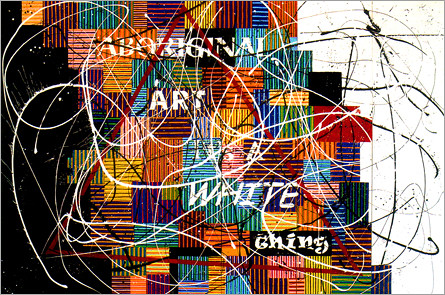Conclusion
Throughout my life I have always been blessed to live a culturally rich life that has been enhanced and influenced by many different influences. I have always been of the strong belief that ignorance breads misunderstanding and is the key ingredient that breads fear, which in turn breads racism and discrimination. Although I consider myself as open-minded, sadly I have not been as proactive in my own education in relation to Aboriginal or Torres Strait Islander cultures and history. This course in Indigenous Art, Culture and Design has opened my eyes to a whole world of information I was ignorant to and helped me to think more critically about my responses and more actively research our great countries history. If we stop and think about basic human nature, generally as human beings we are all afraid of the unknown and I did not truly appreciate how little I knew about our Indigenous culture and that to some extent I had some preconceived ideas of Aboriginal people. I had no idea of the diversity of the various Aboriginal societies across Australia and how they vary greatly, yet still share similar social structures and have systems in place that govern life and influence their experience and clarify their place in the universe. The more I have come to understand about Aboriginal culture the greater my understanding of the community spirit that governs its people and the deeper my realization of how deeply their art is rooted in not only Indigenous history, but everyday contemporary Aboriginal life.


